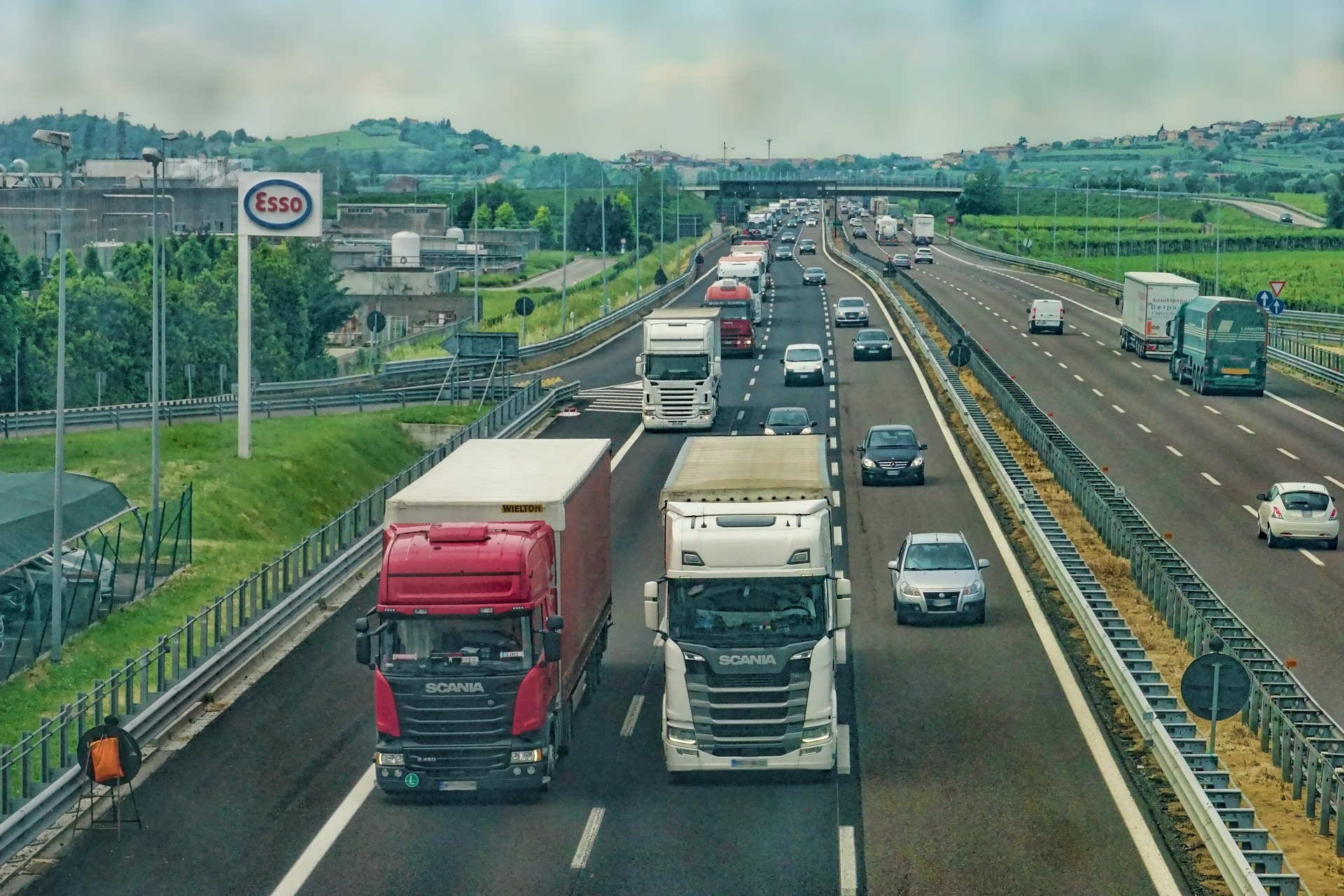One of the most important links in logistics is the goods and cargo transportation. It’s an important fact that 75% of this transportation is carried out by road. In addition to the polluting emissions that this entails, on many occasions the trucks return to the point of origin without a load. This situation carries high economic and environmental costs.
To avoid this such inefficient and unfeasible situation, some companies started to apply some solutions included within reverse logistics, one of the biggest sector gambles to face a more efficiency and sustainable future. One of these solutions is called backhaul, based on preventing the empty travelling of the vehicle on the return trip. In this way, a route is scheduled with providers who wish to take advantage of the empty return space for their cargo. This process, apart from saving costs, time, and money, allows to reduce the carbon footprint and open up new business paths.
Backhauling is a common practice in some experienced logistics providers with more than enough infrastructure and technology to perform and schedule this necessary travel planning.
However, implementation isn’t simple, and requires technological tools for connection and monitoring of trucks and packages. In such manner, routes must be highly thought out, for example, if a delivery route is scheduled, it’s necessary to see which suppliers are close to the unloading so that, without making too many deviations, the truck makes the return trip passing through pick up points matching with each supplier the cargo you want to return.

